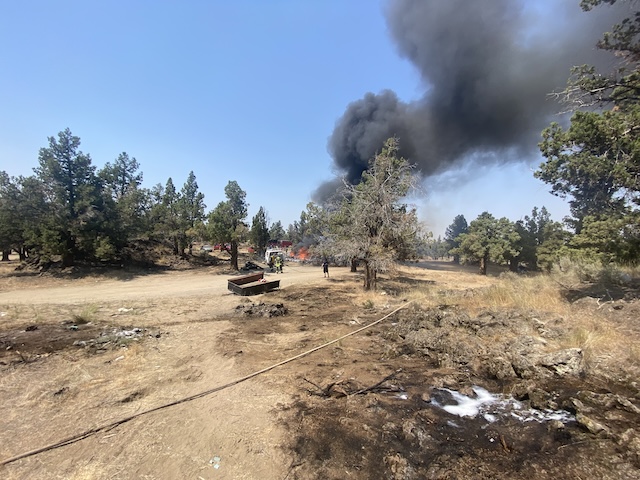Tuning up for tomato time
Published 12:00 am Tuesday, August 7, 2018

- (123rf.com)
It’s time for some tomato talk.
Not to sound like a snob, but unless the tomato has been grown in my garden, purchased at the farmers market or locally sourced, I don’t eat them. And yes, it is a long dry spell with temptations for a tomato in the salad hitting about January. Starting at harvest time, I do roast a concoction of mixed tomato varieties (whatever is available on that day) along with whatever else is ready for the picking for making pasta sauces to put in the freezer. This year, they lasted until mid-May.
Trending
Tomatoes are starting into the home stretch, and as harvest time approaches, here are a few hints to make sure you get the best crop possible.
Most important is to be weather-wise by being attentive to the nightly weather reports. It’s amazing how quickly a hot day can switch to a nippy night bringing frost warnings for the frost pocket areas. The cover of choice should be cloth rather than plastic. Plastic can draw in the frost, damaging any plant part that comes in contact with the covering. Look for old sheets or the row cover sold at the Oregon State University Extension Office in Redmond and at local garden centers and nurseries.
Harvest time
Vine ripening is the essential difference between home-grown and the blandness of commercially grown fruit.
Tomatoes picked before they are ripe haven’t developed the same nutrients or that wonderful distinctive taste and smell. These properties are what make the fruit at maturity impossible to ship.
A mature tomato will fall into your hand when you lift the stem. If you have to tug, the fruit is not yet at its best.
Trending
My tomato file bulges with copious notes on tomato growing, some advocating practices that are considered questionable and need to be tossed.
One set of notes that will be retained is a reminder that it is the temperature of a tomato, not the amount of direct light it receives, that is the critical factor in ripening.
I remember years ago when tomatoes were lined up on a sunny window sill to ripen.
If you pick tomatoes before they are fully mature, they will ripen best at a room temperature of about 72 degrees.
If you aren’t going to use them right away, they will develop a better flavor at a temperature between 55 to 60 degrees, the temperature of a cool garage. Do not refrigerate a tomato at any stage of ripening.
Tomatoes will turn color and ripen in shade or darkness, on or off the plant.
At harvest time, I have wrapped the tomatoes that have reached a light-green color in squares of newsprint for storage. I am never satisfied with the flavor and have decided saucing them is best for me.
To prune or not to prune
Contrary to long garden tradition, heavy pruning, whether to train plants upright or expose fruit to more sun, is usually not a good idea. According to notes I kept from the USDA, “Sunscald is most common on immature, green fruit. At first, a yellow or white patch appears on the side of the fruit toward the sun. This spot may merely remain yellow as the fruit ripens, but frequently the tissues are more severely damaged and a blister-like area develops. Later this shrinks and forms a large, flattened, grayish-white spot with a dry paper-like surface.”
There are some varieties that are susceptible to sunscald damage, but usually, it is caused by poor foliage cover. The more you prune, the fewer leaves there are to protect the fruit.
I do prune out the new growth that forms in the “crotch” of the main stem and a branch. At the end of the season, when the sun isn’t as intense, I may do a light pruning to hasten the ripening process.
The first few Siletz tomatoes that I harvested had zipper tracks, which takes the glow off the bragging rights of the first tomatoes. Zipper tracks are common in cool weather when the flower sticks to the developing fruit after pollination. The stuck flower mars the expanding fruit, and the scar enlarges as the fruit grows. It doesn’t change the quality of the tomato. I will be more vigilant next year and pull off the flowers when the fruit is tiny.
The big secret to successful tomato growing here is that you need to choose the correct variety for our climate. Each year, I experiment and try at least two new varieties. This year, I am trying two Roma (paste type) tomatoes, Nova and San Marzano. Nova has a shorter maturity time than the San Marzano. Both are showing strong growth with lots of developing fruit. The amount of harvest will determine “the rest of the story.”
— Reporter: douville@broadband.com








